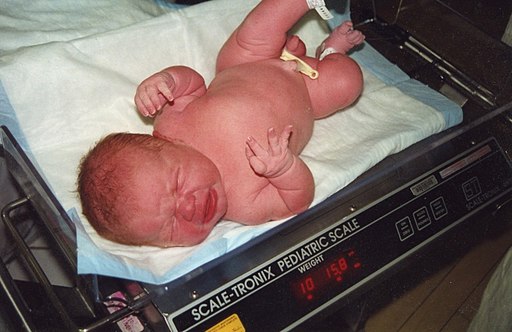Diabetes in a mother can either occur before the pregnancy – pregestational diabetes or during the pregnancy – gestational diabetes. High blood sugar level in mother is not just harmful to her but also to the baby developing in her womb. HAZARDS DURING INTRAUTERINE LIFE 1. Congenital Anomalies or Birth…
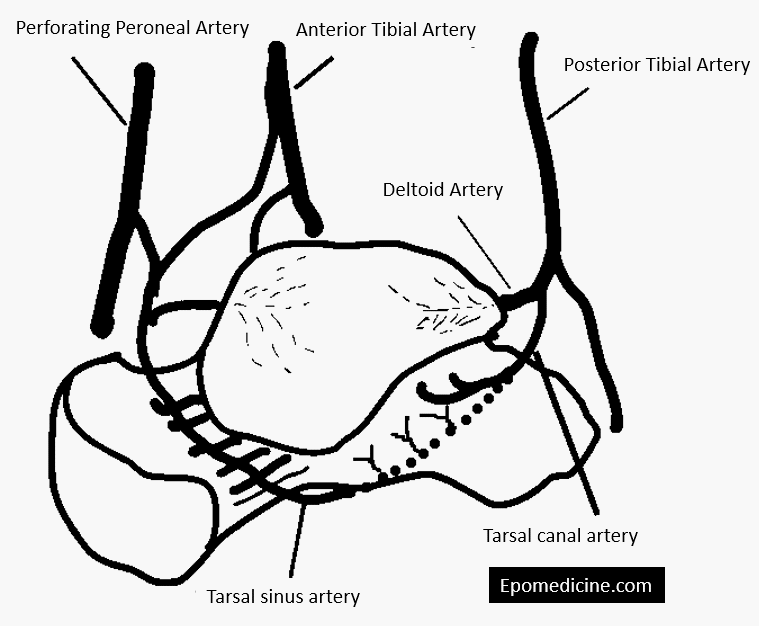
Blood Supply of Talus
3 Main Arteries Extraosseous and intraosseous anastomoses formed by 3 main arteries: Posterior tibial artery ~ 17% contribution Anterior tibial (dorsalis pedis) artery ~ 36% contribution Perforating peroneal artery ~ 47% contribution Major Branches Tarsal sinus artery: Arises from – Dorsalis pedis artery (frequently) or Lateral tarsal artery (branch of…
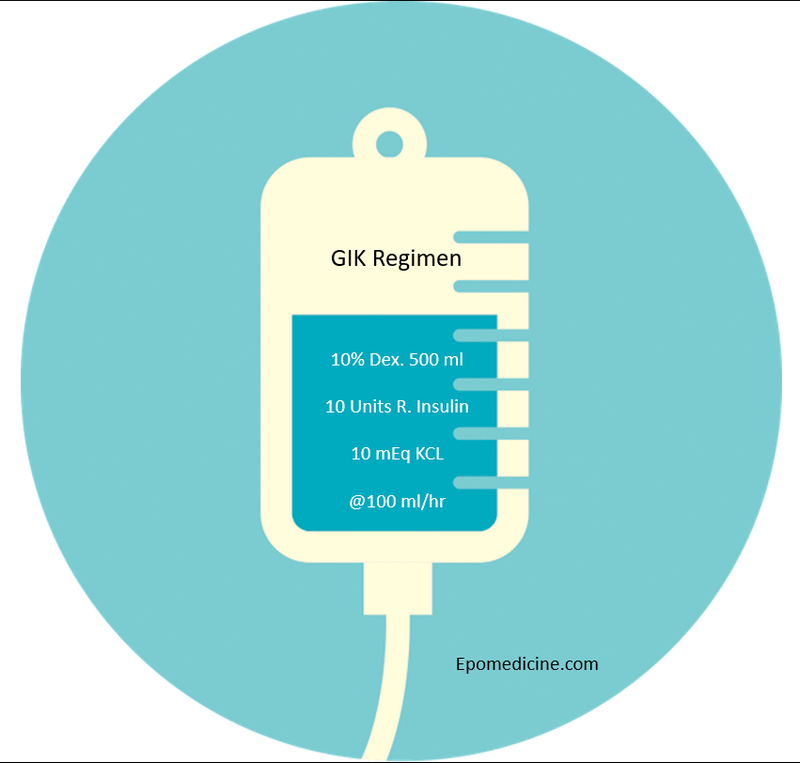
GIK Regimen – Rule of Ten
Interchangably used as: GIK or GKI regimen. GKI stands for Glucose, Potassium and Insulin. This simple and effective combined insulin delivery method has gained wide acceptance in perioperative management of diabetic patients who would require Nil Per Oral (NPO) status. Recently, this composition has also been used for management of…
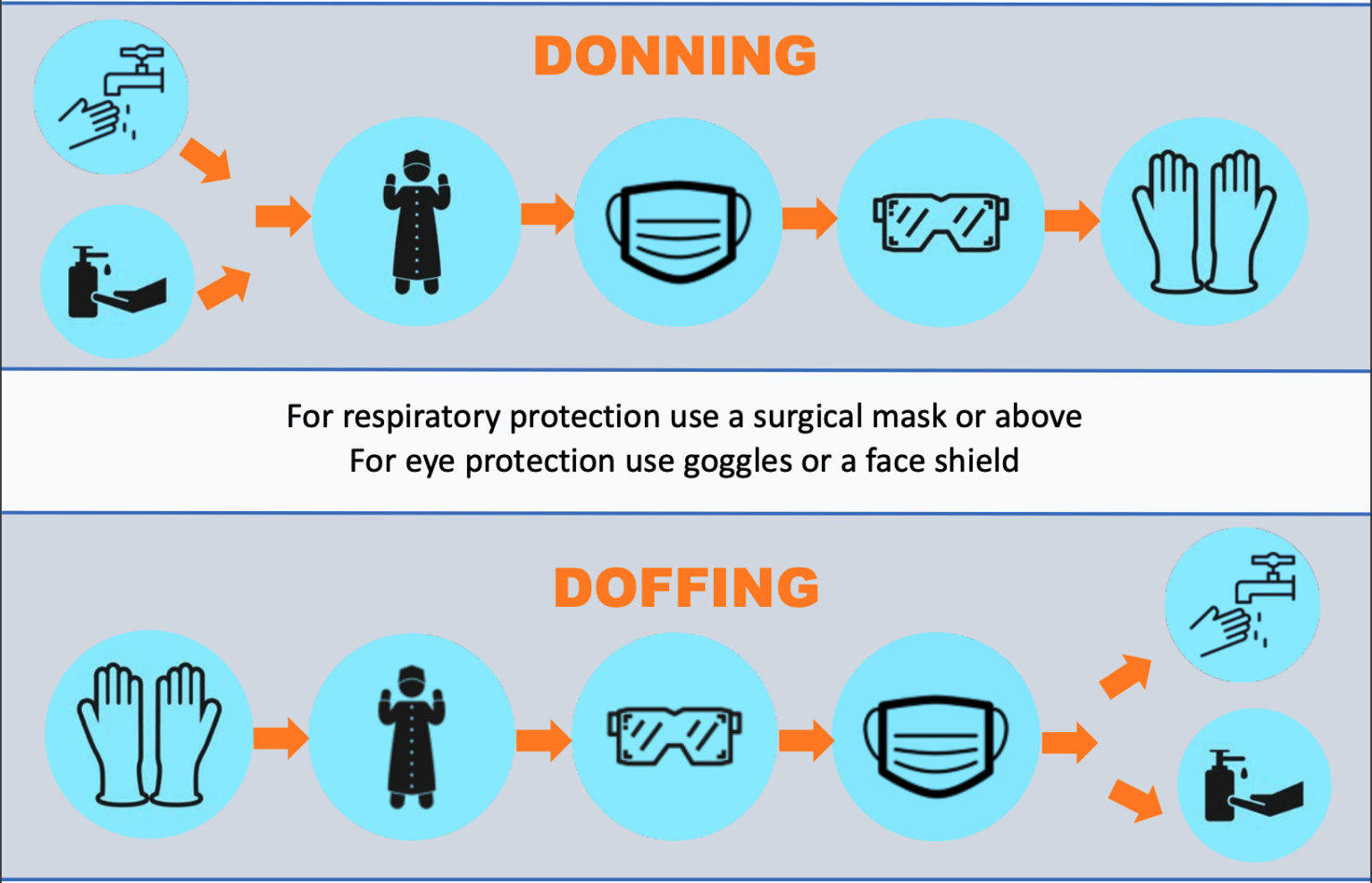
Donning and Doffing Sequence – Mnemonic
It’s Covid-19 pandemic and it seems like Covid is here to stay for a while. Donning (putting on) and Doffing (taking off) of PPE (Personal Protective Equipment) have suddenly gained a great importance for the health professionals and many of us must have already practised this. RN Susan E. Sammons…
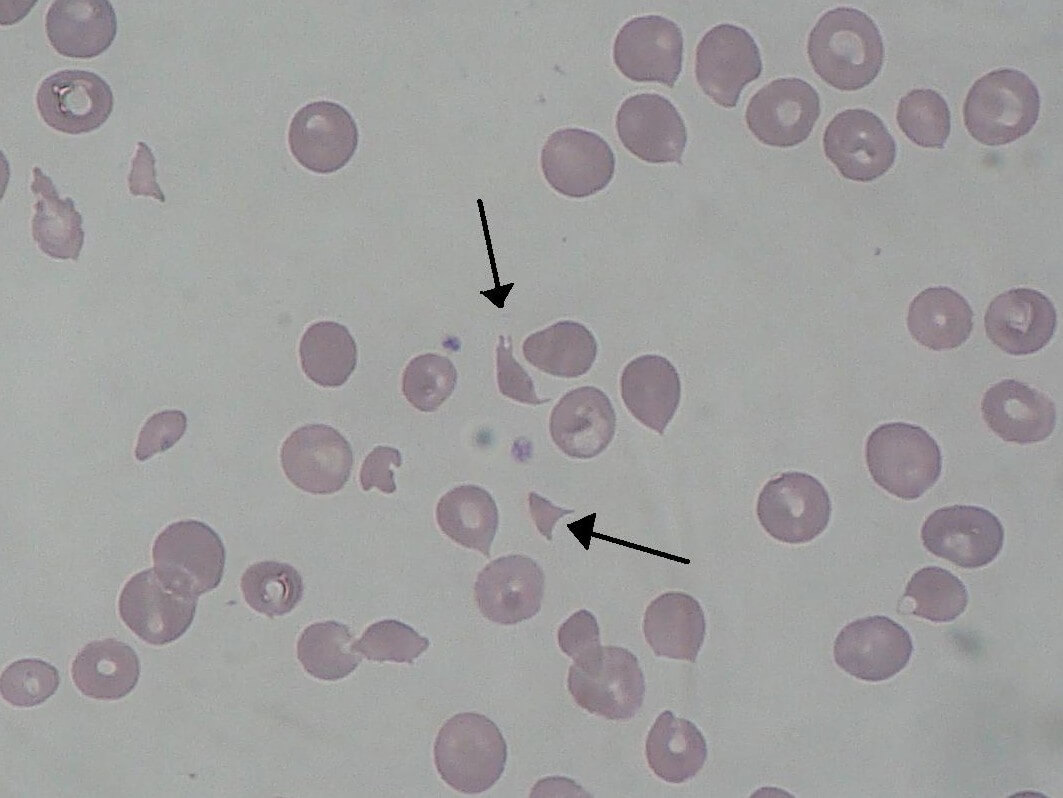
A Child with Fever, Diarrhea, AKI, Hematuria, Altered senosrium and Anemia
Case Scenario A 3 year boy form Western region presented at Emergency Room in a state of altered sensorium. The child was well 5 days back, but since then he is been having fever and loose stool. The episode of illness started with fever, measured upto 102 F, was on…
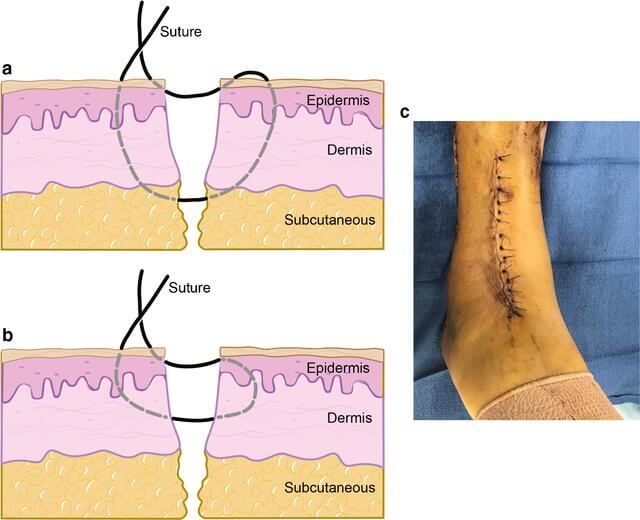
Allgower Donati Suture Technique
Donati’s suture (commonly called as vertical mattress suture) has a far-far-near-near (F-F-N-N) configuration where the far-through stitches seize the subcutaneous tissue and the near-through stitches seize only the dermis. Allgower Donati Suture or Allgower modification of Donati’s suture is a transition between subcuticular suture and Donati’s or vertical mattress suture…
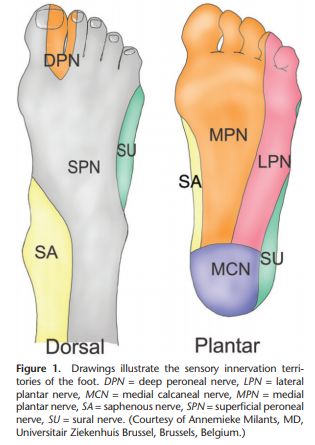
Ankle block : Nerves and Landmarks
Mnemonic: The 3 nerves starting with letter “S” are sensory only and supply superior and side aspect of foot (dorsum). 1. Superficial peroneal nerve (L4-S1): located lateral to Extensor Digitorum Longus (EDL) Supplies: dorsum of foot and toes except between the great and 2nd toe 2. Sural nerve (S1-S2): It…

10 Danger Signs in babies every parents must know
Neonatal period is a period of great delicacy and concern to the newborn as well as the parents. A baby born after 9 months of preparation and hope, becomes the center of attention of the entire family. Even normal behaviors of newborn may seem strange to the parents, as often…
